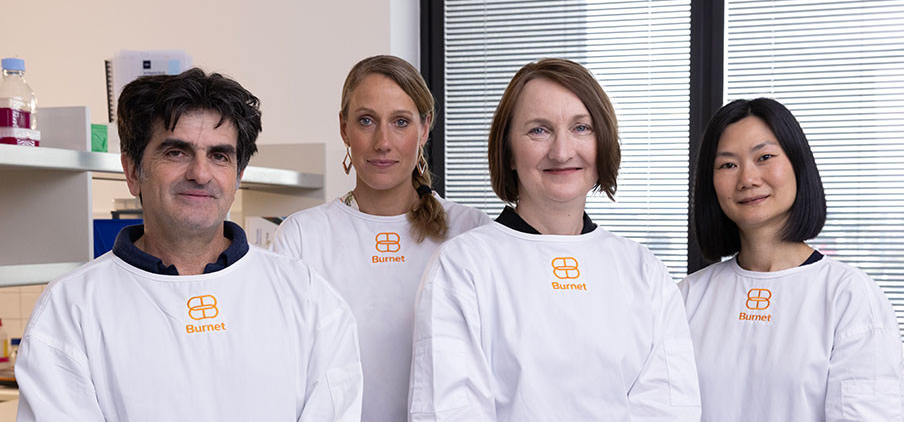Antimalarial resistance in Plasmodium falciparum (PredictR)
The malaria parasite Plasmodium falciparum is becoming resistant to all available treatments against malaria. This is an ongoing threat to our efforts to control and eliminate malaria.
Artemisinin combination therapies (ACTs) are drugs that were introduced in the early 2000s to combat malaria. But growing resistance to artemisinin monotherapies and the partner drugs used in artemisinin combination therapies threatens to reverse gains made against malaria in the last 2 decades.
Resistance to artemisinin (ArtR) and other treatments has previously been confined to the Greater Mekong Subregion in Southeast Asia. In this region, transmission of the parasite P. falciparum transmission is low to moderate, meaning that drug resistance poses a lower risk.
But now there's recent evidence of emerging resistance to artemisinin in Africa and Papua New Guinea. These are places where transmission of the malaria parasite is high, which makes drug resistance a major threat to the effective treatment and control of malaria.
What we're doing
Our project aims to define the genetic determinants underlying ArtR and how it has emerged and is spreading in Papua New Guinea. We're working to confirm if malaria parasite variants from Papua New Guinea are resistant to current antimalarial treatments. This knowledge will enable surveillance of markers that contribute to the spread of resistance. We're also using our findings to develop a mathematical model to predict where drug resistance may emerge.
The project utilises wildtype and resistant parasite lines to conduct genetic cross experiments in collaboration with colleagues in the United States. The resulting progeny will be genomically and phenotypically characterised to dissect the genetic determinants of artemisinin resistance.
Student opportunities
This project is open to students
Methods to be used in this project include:
- in vitro parasite culture and drug sensitivity screening
- next generation sequencing
- bioinformatics and biostatistics.
Project contacts
Main contact
Student supervisor contact
Project team




